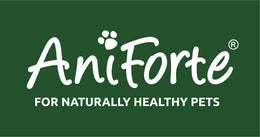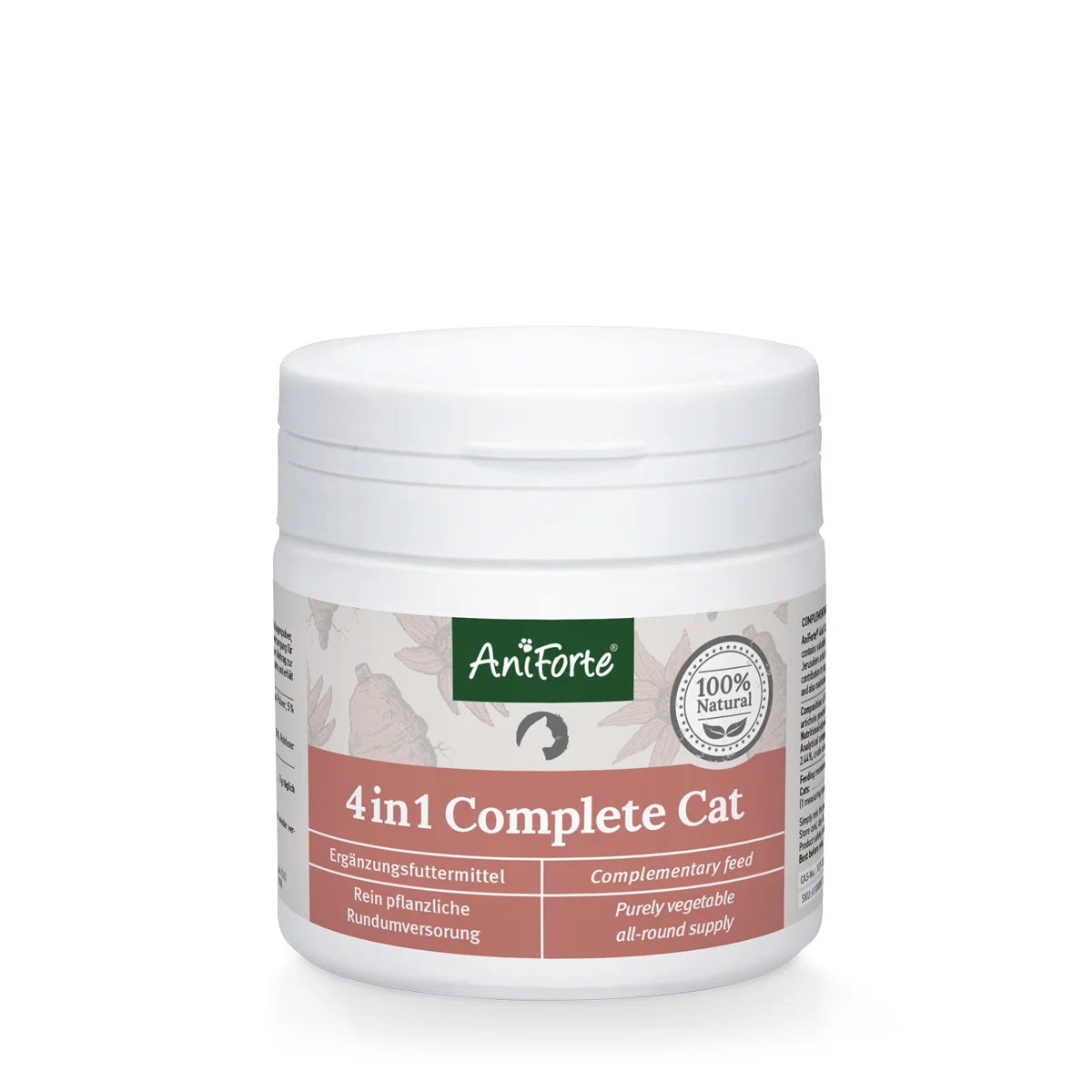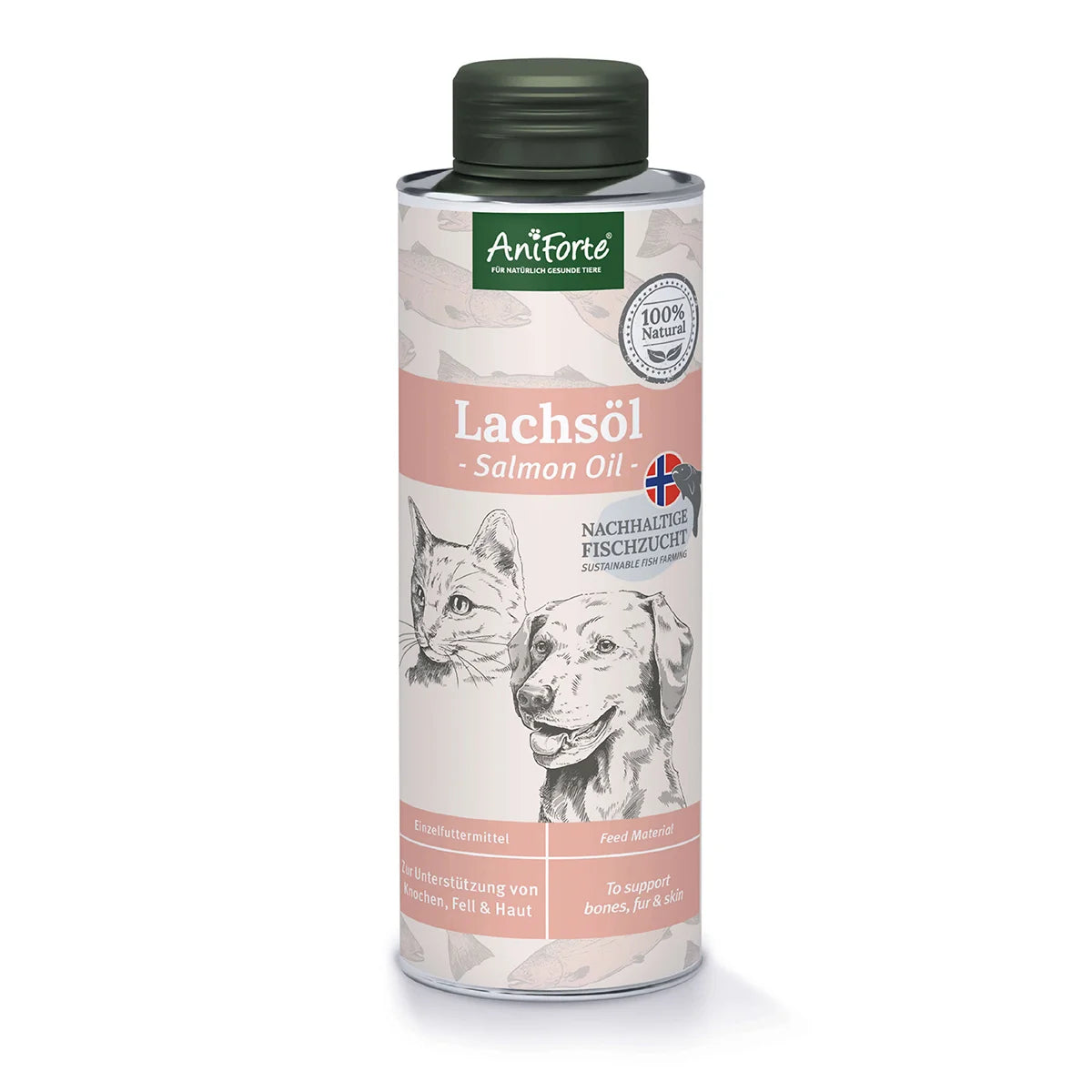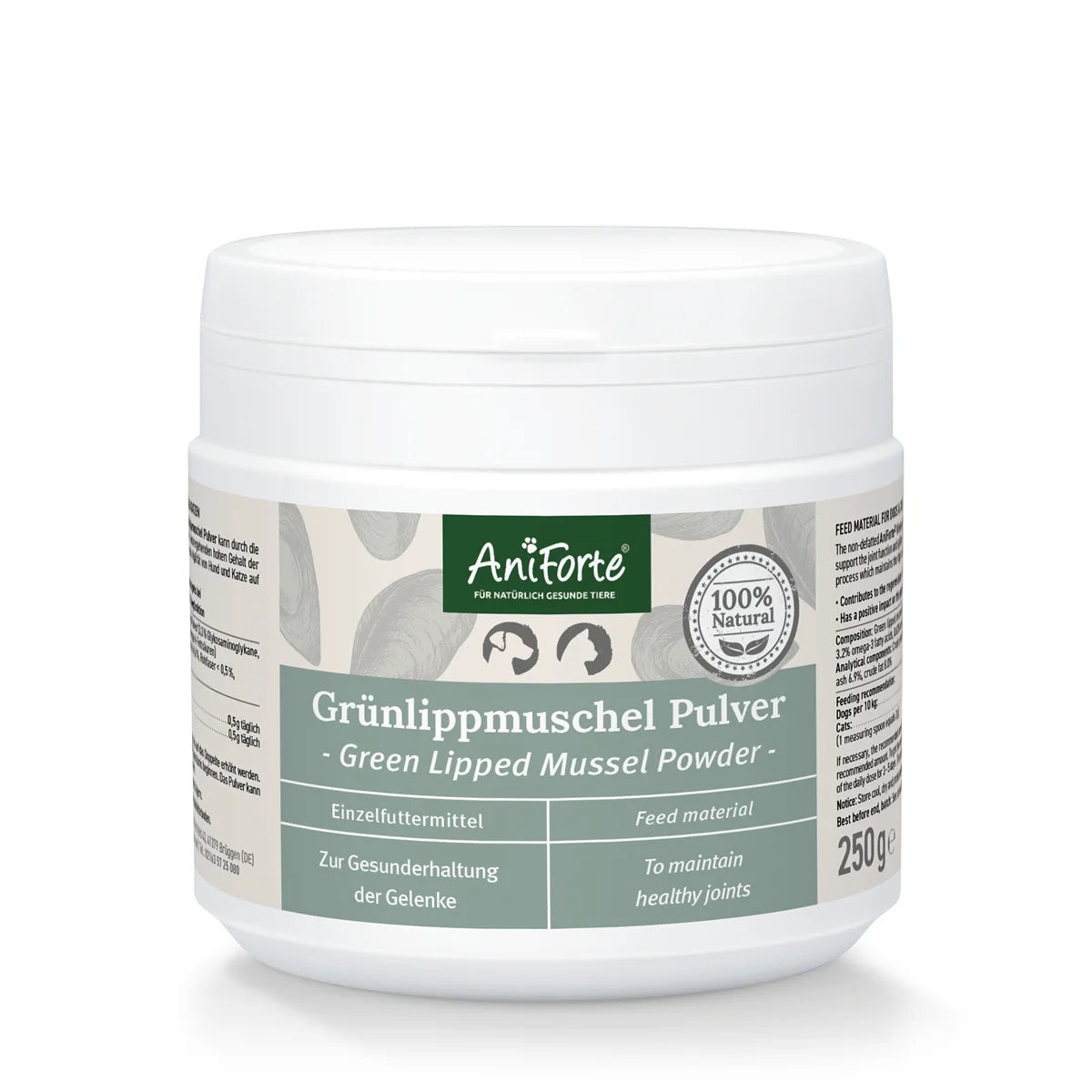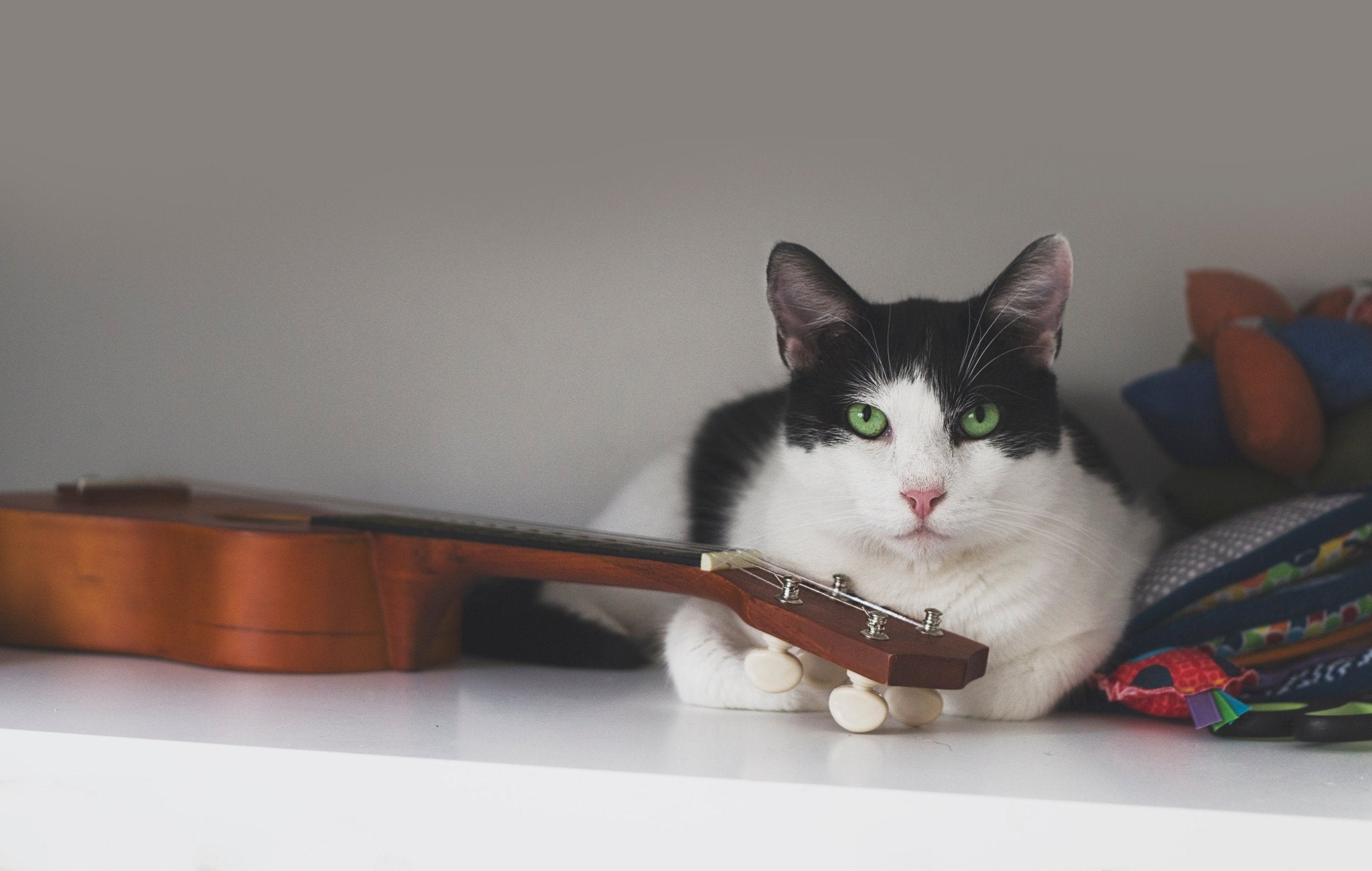
Jack Frost doesn’t just nip at noses, but at our pooch’s paws too. Even though dogs may have a built-in fur coat, the cold and wet winter months present challenges for our pets.
Our naturopathic vet Ana has some great tips that help keep your dog safe and healthy during the cold weather:
Challenges for Dogs During Winter
Our dogs need their daily walks even when it’s stormy, rainy or snowy outside. Plenty of physical activity in fresh air is very important for dogs in winter. Especially after a longer period indoors, the body replenishes oxygen and the lungs are being “aired out.” Energy is being recharged, blood circulation is stimulated and the dog’s immune system gets a boost.
So, even if tea and cosy blankets are calling, do make a point to go outside every day, even if briefly, and consider the following six tips to keep your dog in great shape during winter.
Dry Air
Dry, heated air indoors challenges the mucous membranes of your dog. That’s why it is important to encourage him to drink and provide time outside for his bathroom breaks. Especially radiant in-floor heat can dry out the skin and your dog might start scratching himself. Make sure your friend’s sleeping spot is located in a less heated spot. To support healthy skin during the winter, add flax seed oil or salmon oil to your dog's daily diet. These natural oils promote vitality and a radiant coat.
Compromised Immune System
Transitioning from warm to cold (and vice versa) can pose a challenge to the dog’s immune system. To sustain controlled body temperature on cold days, your pet needs energy. The best way to support them is a balanced diet and supplementation of valuable vitamins, minerals and trace elements. Excellent products to consider are Cat’s Claw, Propolis Extract and Rose Hip Powder.
If your animal is displaying deficiency symptoms, boost the immune system with plenty of essential vitamins and minerals. By the way, discourage your dog from swimming, even if it’s one of his favourite things to do. As you can imagine, jumping into icy cold water challenges your dog’s immune system.
Coat Change
As soon as temperatures drop, your pet starts developing thicker, longer fur to help protect from the cold weather. If you support your dog by regularly brushing his coat, the winter coat can grow better and knots are avoided.
If your dog doesn’t mind donning a sweater in the winter months, it can’t hurt for him to wear one! This might be especially important for elderly or compromised dogs, or for breeds lacking thick fur like Rhodesian Ridgebacks, Havaneses and especially Greyhounds.
Rusty Joints
Cold and wet weather is a challenge especially for older animals or dogs with limited motion. But even then a daily walk in fresh air is important. Tailored to the needs of your dog, walks in cold weather should still be fun. Come up with small games that help avoid walking long distances. After the walk, towel off your dog and maybe provide a blanket so he can warm up.
Another crucial element to well-being is to provide natural dietary supplements, such as valuable nutrients for joint health, customised to your pet’s needs. Green-Lipped Mussel Powder aids in long-term protection and ongoing maintenance by helping to lubricate, cushion in and around the joints, helping your dog retain his joy of movement.
Worn Out Paws
Ice and snow strain the paws of your friend. Salt and pebble grit irritate the skin between the toes. Especially in cities it’s hard to avoid salted sidewalks. After each walk, clean your dog’s paws with a clean cloth dipped in warm water, and make sure to dry them well. If the paws are no longer soft and smooth but start do seem cracked, treat them with vaseline or paw protection balm.
Before winter starts, you can prepare the paws for the cold days: especially for long-haired dogs the thick hair between the toes should and foot pads gets trimmed to avoid ice and snow buildup. If your friend has very sensitive paws, consider getting dog booties, but make sure they fit well to avoid abrasions.
Limited Visibility
As the days grow shorter, you may not be able to catch full daylight for your walks. Please make sure both you and your four-legged friend are visible in the dark. Use reflectors or LED arm bands, headlamps etc. on yourself.
Don’t forget your dog’s safety: there are plenty of reflective vests, collars and leashes, or blinking lights in an assortment of colours available.
We at AniForte wish you and your dog a happy autumn and a safe and cosy wintertime!
Ana
